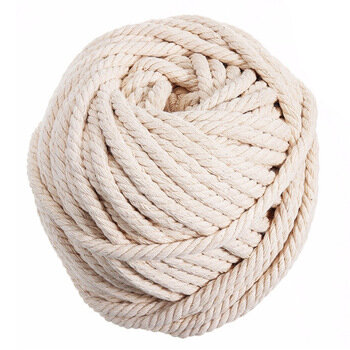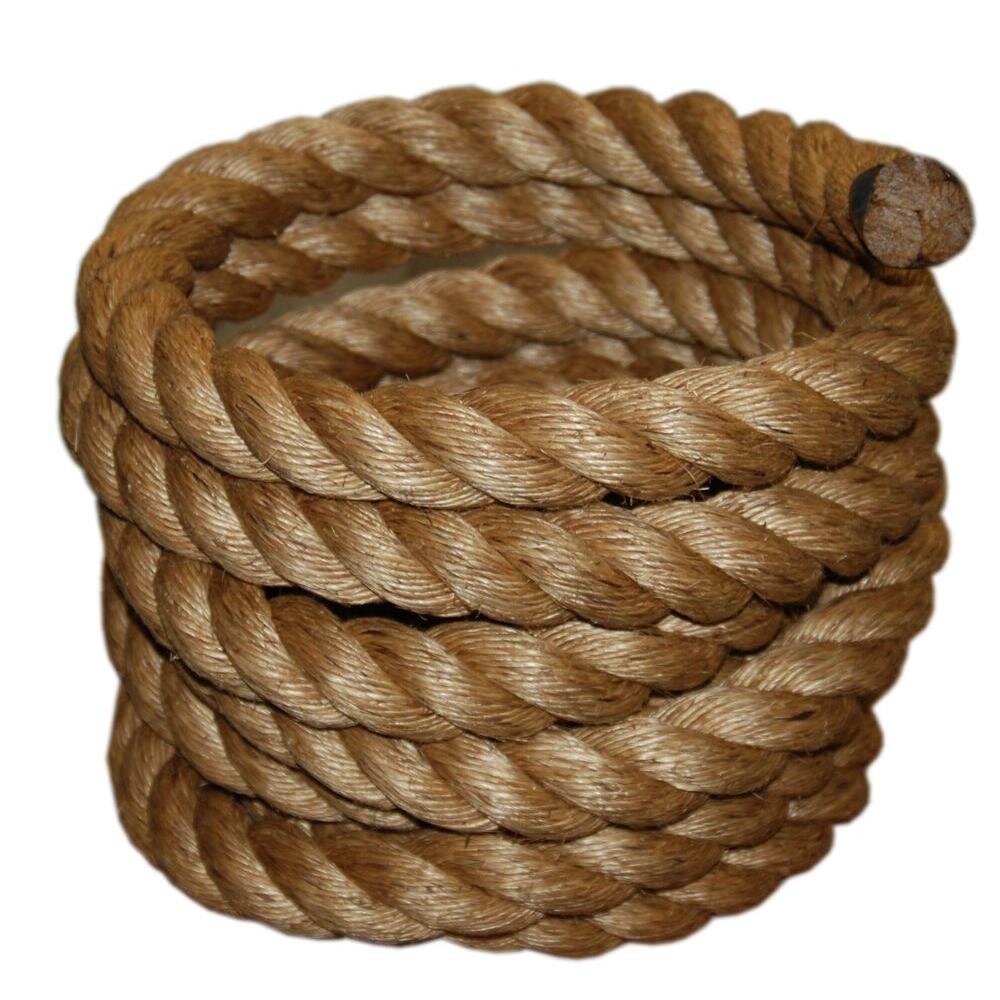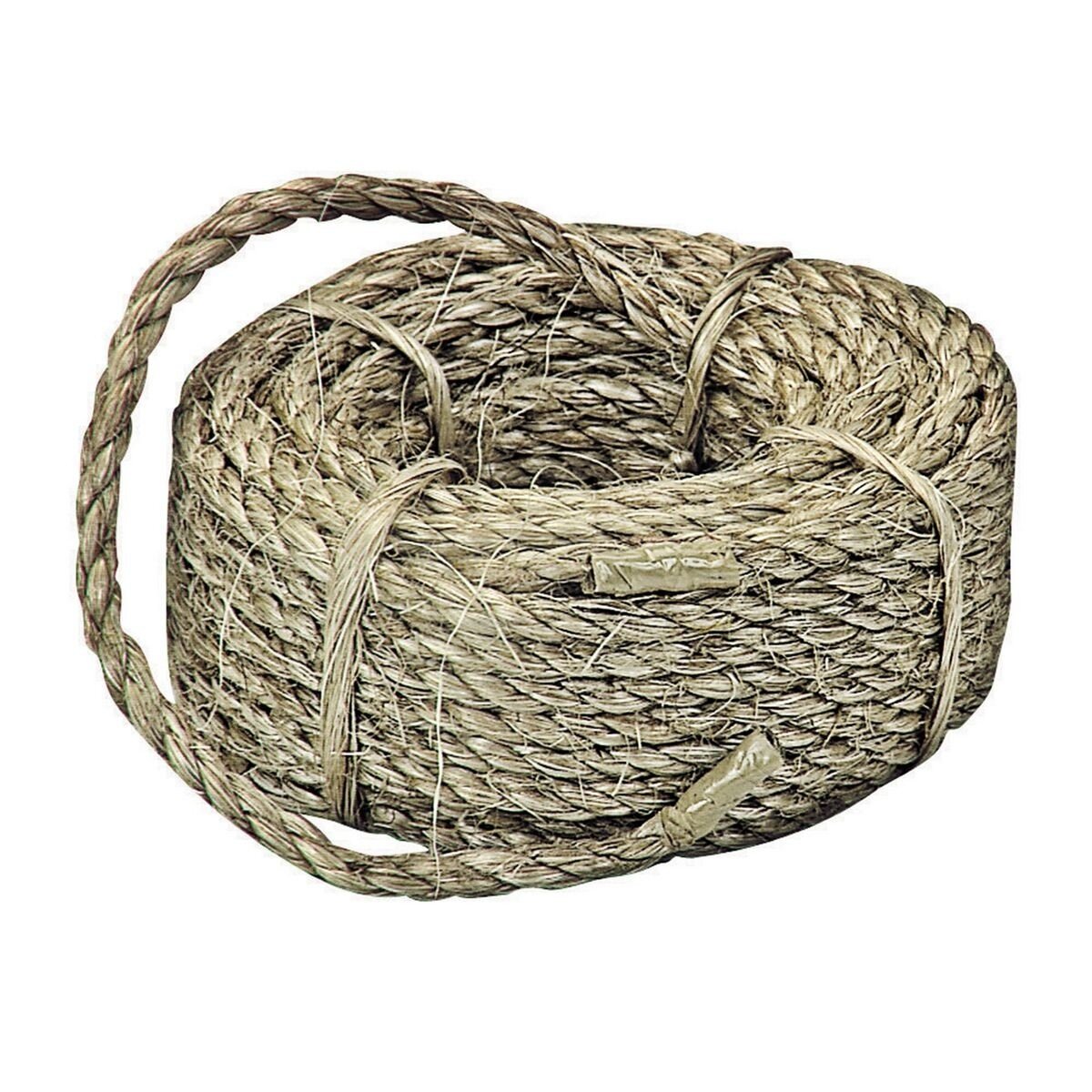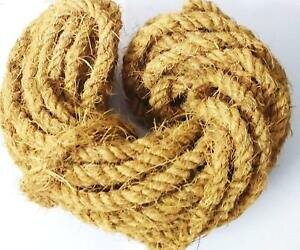Why Knot? - #2 - Natural Rope
/Natural rope has been made from all sorts of plant byproducts. Anything that produces fibers van be twisted into yarn and then twisted again into rope. Here are some examples:
Cotton Rope is a lightweight soft 3-strand rope that is often used for decorative purposes. Cotton rope is very stretchy and is extremely comfortable to handle. It can also be easily dyed. Cotton ropes are used for sash cord, clothesline, and Venetian blind cords
Manila rope is a type of rope made from manila hemp. Manila hemp is a type of fiber obtained from the leaves of the abacá. The name refers to the capital of the Philippines, one of the main producers of abacá. Applications and properties Manila rope is very durable, flexible, and resistant to salt water damage, allowing its use in rope, hawsers, ships' lines, and fishing nets. It can be used to make handcrafts like bags, carpets, clothing, furniture, and hangings.
Sisal is a species of Agave native to southern Mexico but widely cultivated and naturalized in many other countries. It yields a stiff fiber used in making various products. Sisal rope is a hard natural fiber with many characteristics of manila rope but offers 80% of its strength. Sisal is more economical than manila. It has a good knot-holding ability. It provides great knot holding ability and is sunlight resistant.
White coir, harvested from unripe coconuts, is used for making finer brushes, string, rope and fishing nets.[2] Coir rope has the advantage of not sinking, so it can be used in long lengths on deep water without the added weight dragging down boats and buoys.
All these natural ropes will deteriorate over time. This may seem unfair and expensive for the human that owns the rope or fishing net, but if a fishing net is lost, it will entangle sea life for years - but even longer if it never rotted naturally or could be consumed by other sea life.







